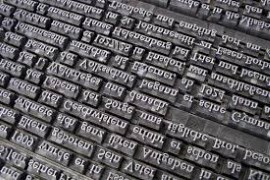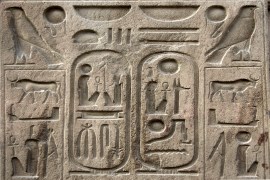The Brothers Karamazov
Dostoevskij's Hosanna
pp. 87-99
Résumé
The novel The Brothers Karamazov shows the spiritual rebirth of man and society. At first the world of the town Skotoprigon'evsk is depicted as heathen and even demonic, where everyone is in search of earthly justice, forgetting about love and losing a connection to God; here the theme of orphanhood is dominant. The second half of the novel is dominated by the image of the Holy Trinity, the symbol of mutual love and unity. The human world, according to Dostoevskij, cannot be divided into adults and children, the guilty and the innocent, insofar as all can freely participate in the redemption of humanity's sin (like Christ, the paragon of innocence). If all people are God's children, death does not have power over them. Upon completing his final novel Dostoevkskij wrote: "my Hosanna has passed through a big crucible of doubt." The Brothers Karamazov is Dostoevskij's Hosanna.
Détails de la publication
Publié dans:
Bird Robert (2007) Dostoevskij's significance for philosophy and theology. Studies in East European Thought 59 (1-2).
Pages: 87-99
DOI: 10.1007/s11212-007-9015-x
Citation complète:
Stepanian Karen, 2007, The Brothers Karamazov: Dostoevskij's Hosanna. Studies in East European Thought 59 (1-2), Dostoevskij's significance for philosophy and theology, 87-99. https://doi.org/10.1007/s11212-007-9015-x.










